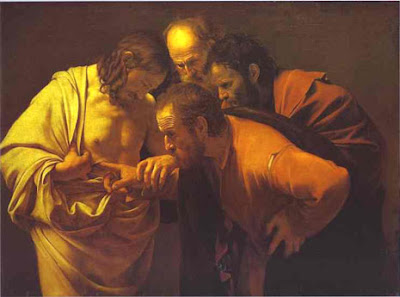
Have you noticed?
Nowadays, just about any performance. of any kind, by anyone, ends with a standing ovation.
I'm old enough to remember a time (and actually I hope I'm young enough to remember this correctly) when a standing ovation was something the audience gave up for an extraordinary performance, a tour de force, something truly deserving of a Brava! a Bravo!
Not so now. Today's audiences jump to their feet for just about anything that appears on stage -- and they do so as soon as the curtain falls! Please: if you're going to give a standing O, have the decency to invest in a healthy prolonged applause before adding this exclamation point in recognition of the talent before you. Rising to your feet should tell everyone, "I can't applaud loud enough! What shall I do? Ah - I'll stand!"
A difficulty tangent to this proliferation of praise is that those who choose not to rise might appear to be disappointed in or critical of the play or concert just seen or heard - but that is not necessarily so. I have never booed a performance and I am more than willing to give at least polite applause for any effort a cast or symphony has mounted for my entertainment.
But a standing ovation? Sorry, but that's for very special moments only.
Herewith I am deciding to never again gesture by posture an acclamation that is not also rising in my heart for the arts and my critic's mind. To stand without intending the praise thus proffered is to tell a lie and that does a disservice to the performers and my own integrity.
So, if you're sitting next to me in a theater or concert hall and see me sit out the curtain calls and bows, don't think less of me or presume that I think negatively of the performance. I'm only telling the truth. And when I judge a performance deserving of a standing O, you'll know - because I'll give it on the tips of my toes.
-ConcordPastor


































